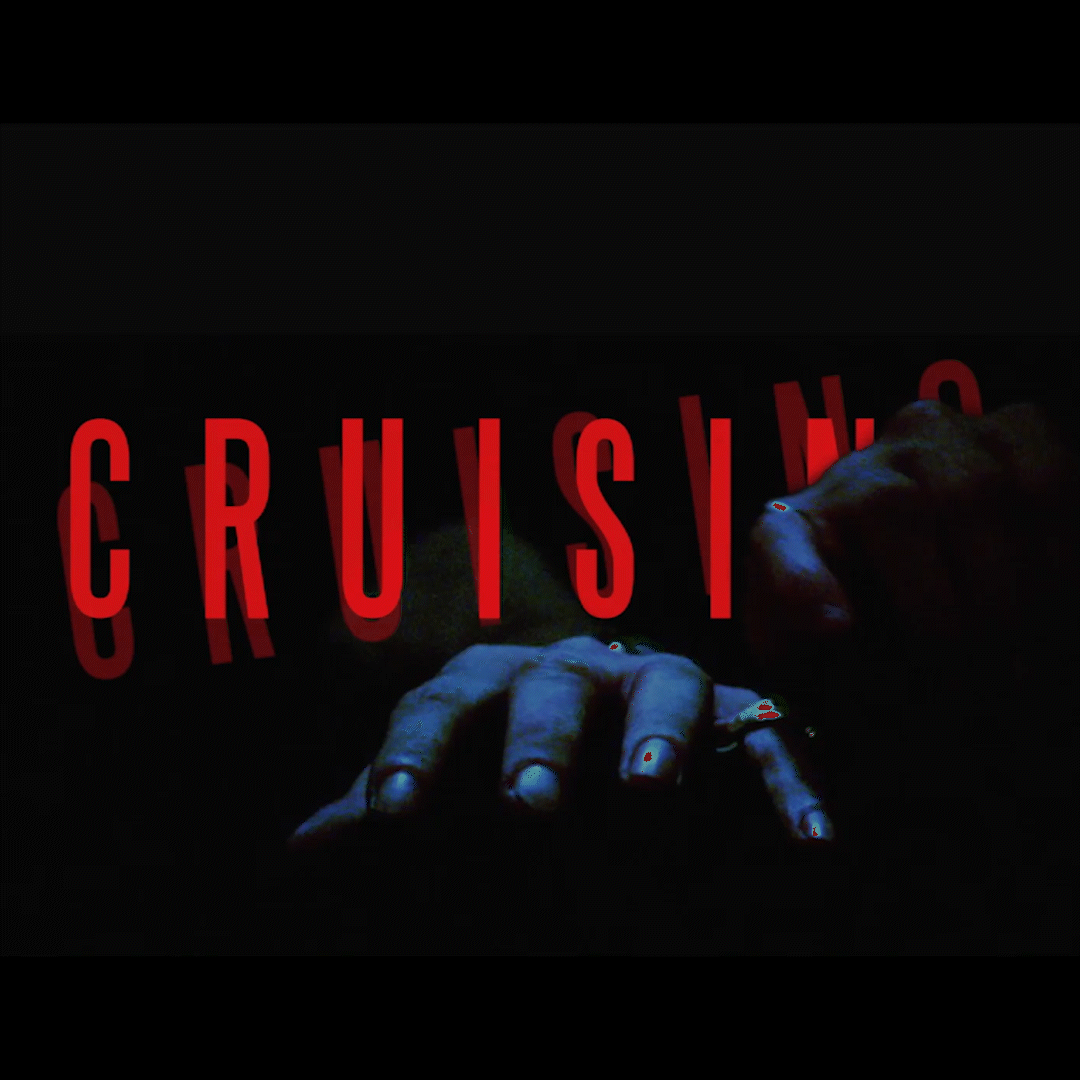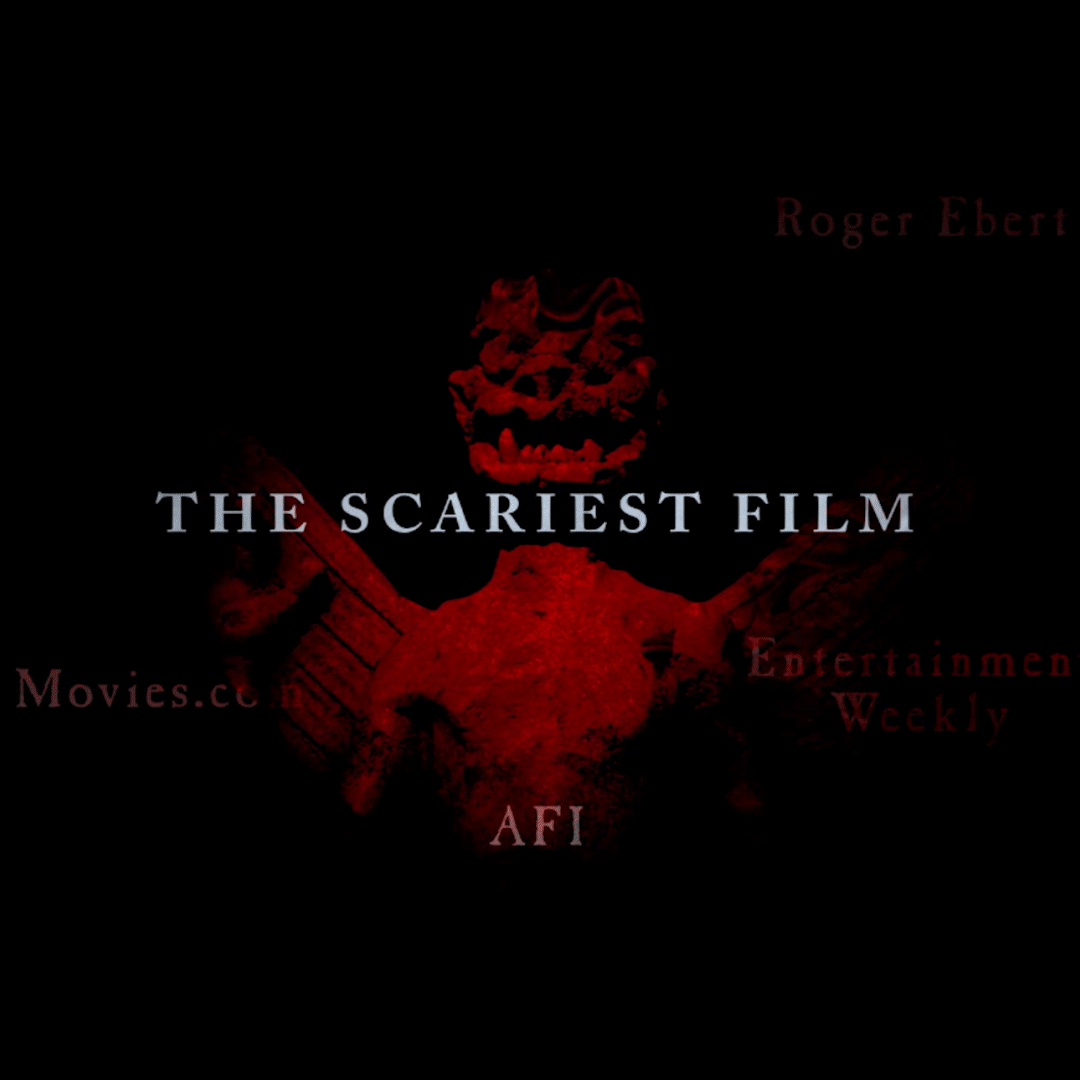(Not) Exorcising Restraint
Way back when, I used to work extensively with Warner Bros.—a mix of Scooby-Doo deep cuts, a few archival restorations, and genre projects. Trailers, DVD extras, and content before our current conception of Content. Nuts, bolts, bread, butter. That kind of work lives in the overlap between reverence and reimagination. Respect the source. Find the signal. Then make it move.
So when the Cruising Blu-ray trailer brief landed, I was psyched. What a fantastic film—moody, tense, subversive in all the right ways. I had ideas. Weird ones. And for once, everything ran smoothly: a clear brief, fast approvals, and a final cut that everyone (here and there) actually liked. The studio was happy. Friedkin was happy. It was one of those rare, frictionless jobs that remind you how it's supposed to go.
Then came The Exorcist. Even more iconic. Even more pressure. But I was ready. I usually just handled the design and animation for these kinds of projects, but this time, I went all in—cut the whole trailer myself. Custom score. Roto, comp, distortion, degradation. I built it like a man possessed: slow tension, sudden violence, no escape. It didn't just promote the film—it summoned it.
Friedkin's response? "Too scary."
That version never aired. We took a more traditional approach. Another editor took the reins. The final trailer was solid, safe, and well-received. But here’s the thing: I’ve rarely felt more creatively satisfied than when my version got killed.
That’s the job.
This wasn’t art. It was work.
And sometimes, the work that feels most you isn’t what’s needed.
To be told your trailer is too intense by the director of The Exorcist? That’s not a failure. That’s a flicker in the fog. A little sulfur, and a whole lot of pea soup—drifting somewhere near those steps in Georgetown. The best kind of creative possession.
*Not my cursed cut. That one’s been exorcised from the digital demonic timeline by inadvertent diabolical deletion.


